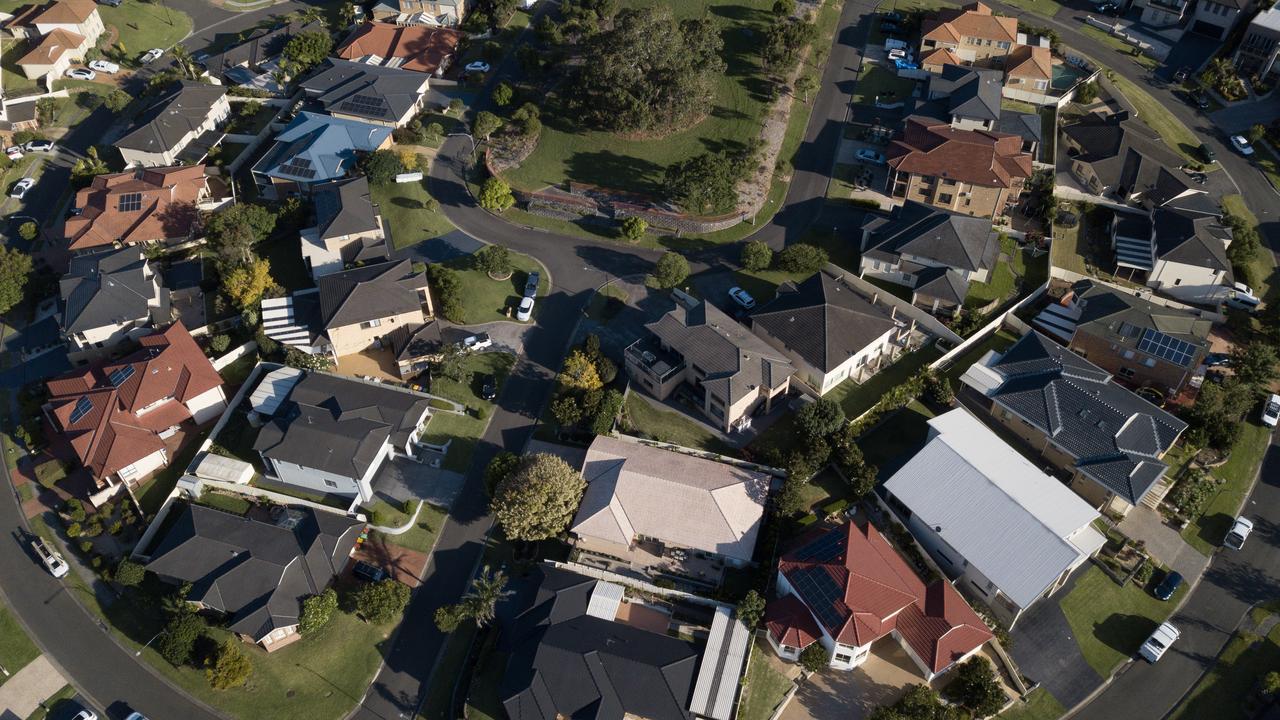
More homeowners are falling behind on their house repayments despite a cut in interest rates.
Figures from the Australian Prudential Regulation Authority showed 1.68 per cent of all mortgages were in arrears during the first quarter of the year, a slight rise from 1.64 per cent in the final three months of 2024.
The time period coincided with the Reserve Bank cutting interest rates by 25 basis point, the first reduction in the cash rate since 2020.
Housing experts say the number of loans in arrears has remained contained despite recent cost-of-living pressures.

Most mortgage holders had largely kept on top of their payments due to tight labour markets and stronger financial standards from lenders, Cotality research director Tim Lawless said.
"Lending standards have been unquestionably strong throughout the recent cycle, with a consistently low portion of mortgage originations considered risky," he said.
"Interest-only lending comprised 19.7 per cent of originations in the March quarter and has consistently held well below the previous temporary limit of 30 per cent set by APRA between 2017 and 2018."
Mortgages are considered in arrears when they are more than 30 days overdue.
The amount of mortgages in arrears during the past quarter is below the record high of 1.86 per cent during the second quarter of 2020, at the start of the COVID-19 pandemic.
Mr Lawless said savings by households during the pandemic may also be one of the factors mortgages in arrears remained relatively stable.
"The household saving ration held above 10 per cent between mid 2020 and early 2022," he said.
"Households have been able to draw down on their savings as higher debt servicing costs and cost-of-living pressures eroded balance sheets."
Mr Lawless said as interest rates started to come down further and inflation eased, it was likely the rate of arrears would also subside.







